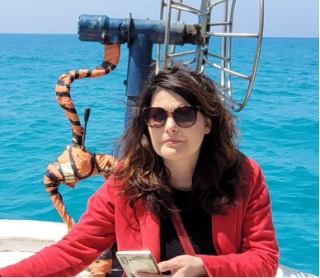Geographical Area
The marine environment of the Southern Baltic Sea suffers from eutrophication, pollution and overfishing. The development of Offshore Renewal Energy (ORE) and increased water traffic associated with construction and maintenance and disturbance of the seabed pose another challenge that demands a holistic approach involving the introduction of marine spatial planning based on public engagement, education, and awareness raising.
The Municipality of Ustka is about to become the hub for ORE infrastructure in Poland. PGE Baltica, the company established in 2019 to develop Offshore Wind Farms (OWFs) in The Polish Exclusive Economic Zone (EEZ) on the Baltic Sea, is planning to build OWFs on the following sites:
Baltica 1 – with the power of around 0,9 GW, an area of 108 square kilometres and approximately 60 turbines, 80 km from the coast, operational after 2030
Baltica 2 (40 km from the coast) and Baltica 3 (25 km from the coast) – adjacent sites with the power of around 2,5GW, an area of 320 square kilometres and 180 turbines, operational before 2030.
The Polish EEZ on the Baltic Sea has a high potential for offshore wind energy – a detailed analysis of values determining the potential installed capacity and energy yield in Poland demonstrates that offshore wind potential amounts to 33 GW, with an expected annual average energy yield of 130 TWh (The Polish Wind Energy Association (PWEA), 2022). Port of Ustka was selected by PGE Baltica as a site for a service base for the planned OWFs, with the end of the construction planned for 2026.





